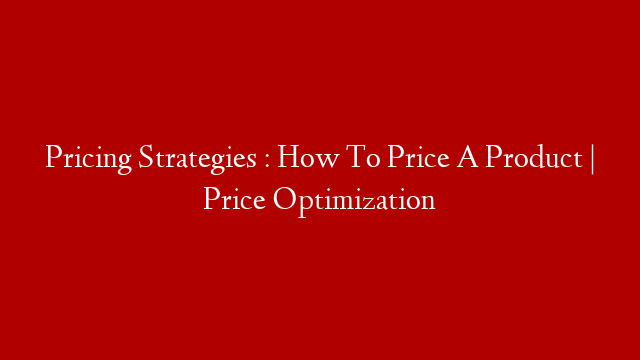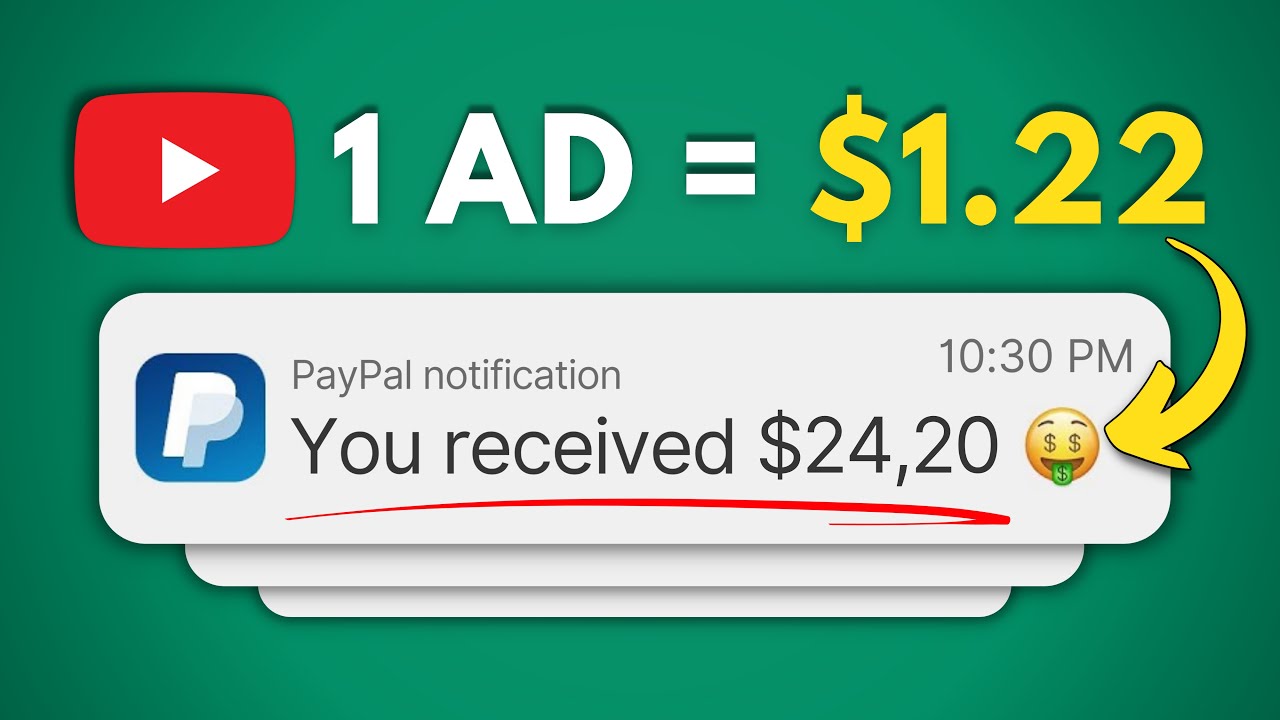When pricing a product, there are a number of factors to consider in order to find the right price point. The price must be high enough to cover costs and generate a profit, but not so high that it deters customers from buying the product. It’s also important to consider what competitors are charging for similar products.
There are a number of pricing strategies that can be used to find the right price for a product. The most common are cost-based pricing, market-based pricing, and value-based pricing.
Cost-based pricing is the simplest strategy, and involves setting the price at the cost of producing the product plus a profit margin. This strategy can be effective if the product is unique or there is little competition.
Market-based pricing takes into account what similar products are selling for in the market. The price is set at a point where the product is competitively priced and still generates a profit.
Value-based pricing is based on the idea that customers are willing to pay more for a product if they believe it is worth more. This strategy involves setting the price based on the perceived value of the product, rather than the cost of production.
There are a number of other factors that can influence the price of a product, such as demand, seasonality, and shipping costs. It’s important to consider all of these factors when setting a price.
It can be difficult to find the right price for a product, but using the right pricing strategy can help. By considering the cost of production, the competition, and the value of the product, businesses can find a price that is both profitable and appealing to customers.



